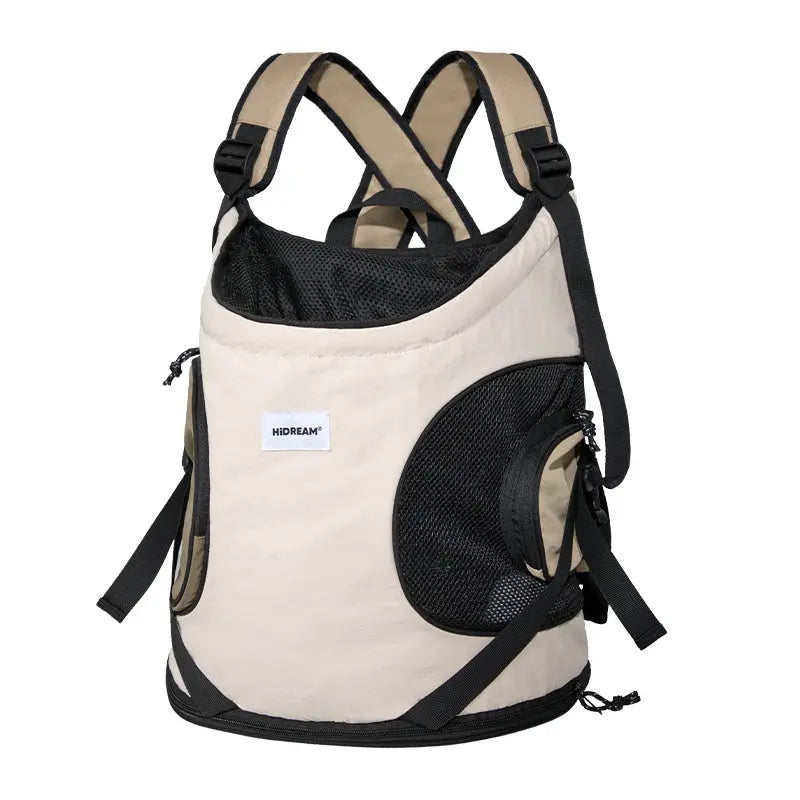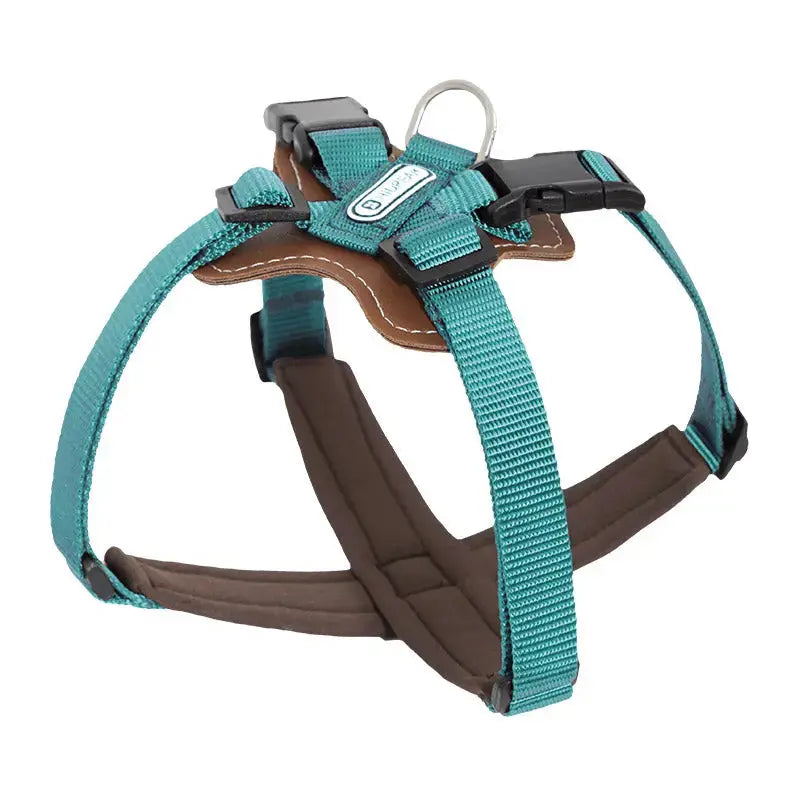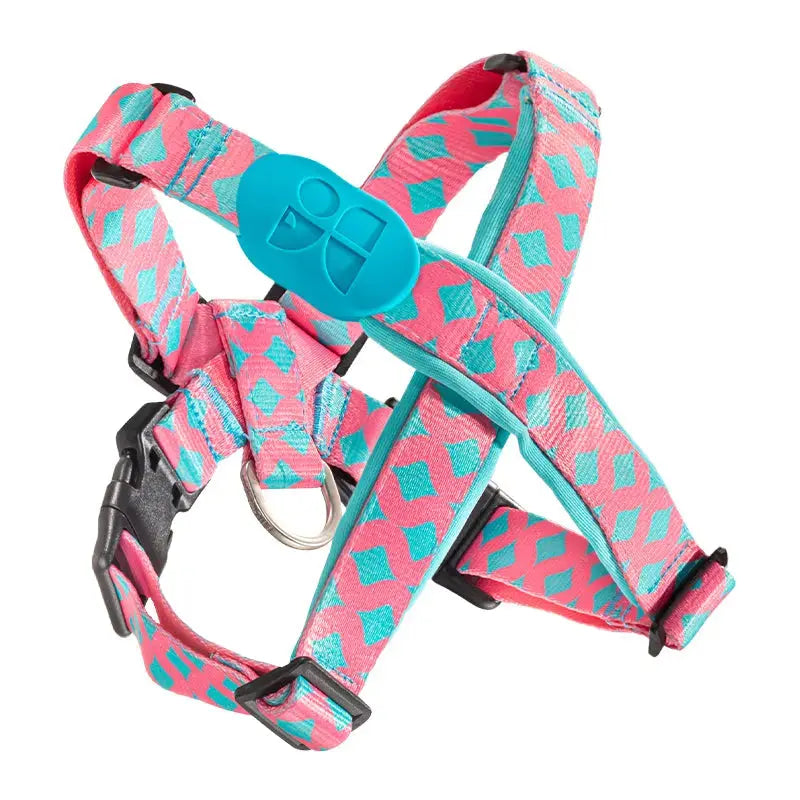- Avoid Peak Heat Hours: Walk your dog in the early morning or late evening when temperatures are lower.
- Ensure Shade and Water: Whether indoors or outdoors, your dog should always have access to a cool, shaded area and fresh water. Offer water frequently, especially if your dog is panting.
- Use Cooling Products: Invest in cooling vests, cooling collars, or cooling mats to help regulate your dog’s body temperature and prevent overheating.
- Never Leave Your Dog in the Car: Even with the window slightly open, the temperature inside a parked car can rise quickly, leading to heatstroke.
- Avoid Sudden Temperature Changes: Before stepping into extreme heat or a cold indoor environment, allow your dog to adjust by staying in a hallway or shaded area for a moment. Avoid setting the air conditioner too low immediately upon entering indoors.
- Seek Veterinary Care Promptly: If your dog shows signs of heatstroke, take immediate first aid measures and consult a vet as soon as possible.














comment